Conklin Pens Now In!
21st January 2019
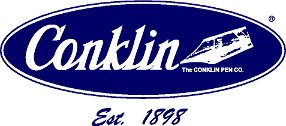
The Conklin Pen Company
The Conklin pen originated in Ohio, 1898 by a man named Roy Conklin. Conklin pens are considered to be one of the most prestigious and significant writing instruments; a fine portrayal of American design. The unique and quirky design pattern on each pen is truly stunning. From intricate patterns to multi colours, it’s aesthetically pleasing and a treat to look at. Each Conklin pen is a great representation of hand crafted talent. At Pens Etc, we only stock pens that are designed for longevity and are comfortable for our customers to write with. This is why we supply a wide range of them.
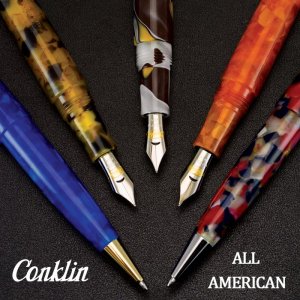
View our wide range of in Conklin Pen’s here
Read more about...
Ballpoint Pen, Fountain Pens, New Pens
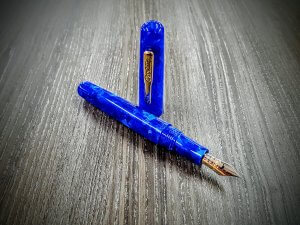
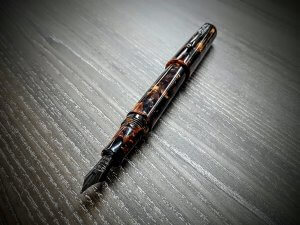
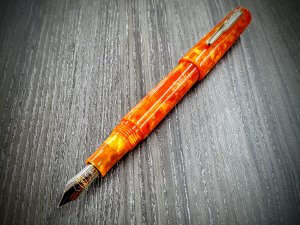

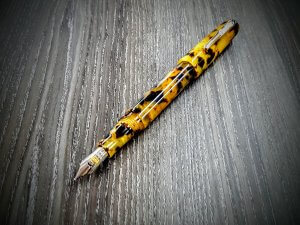




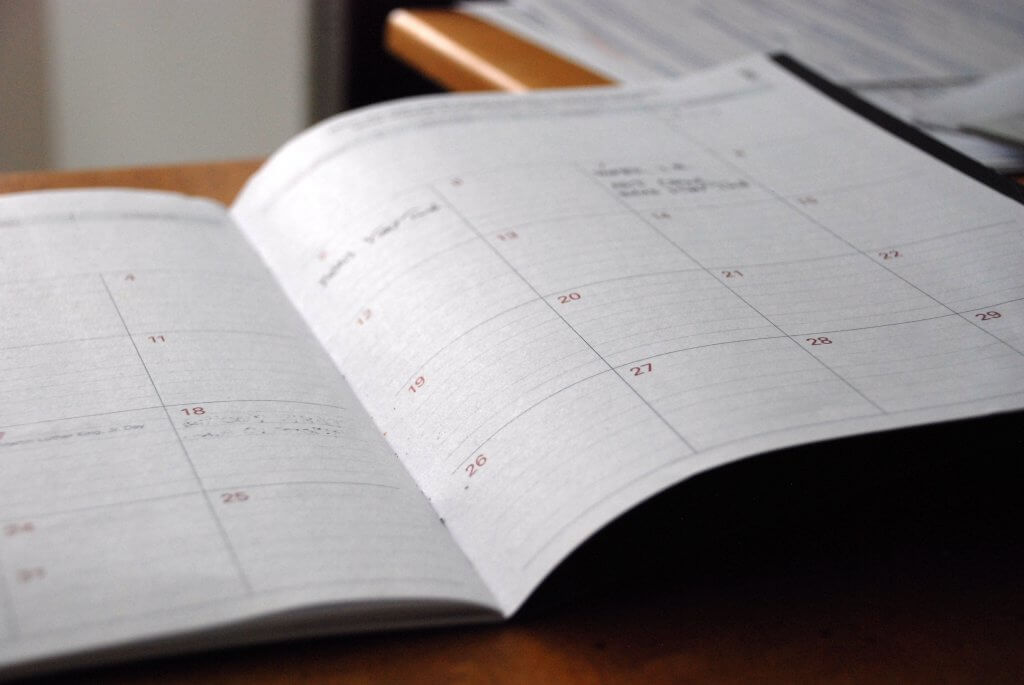
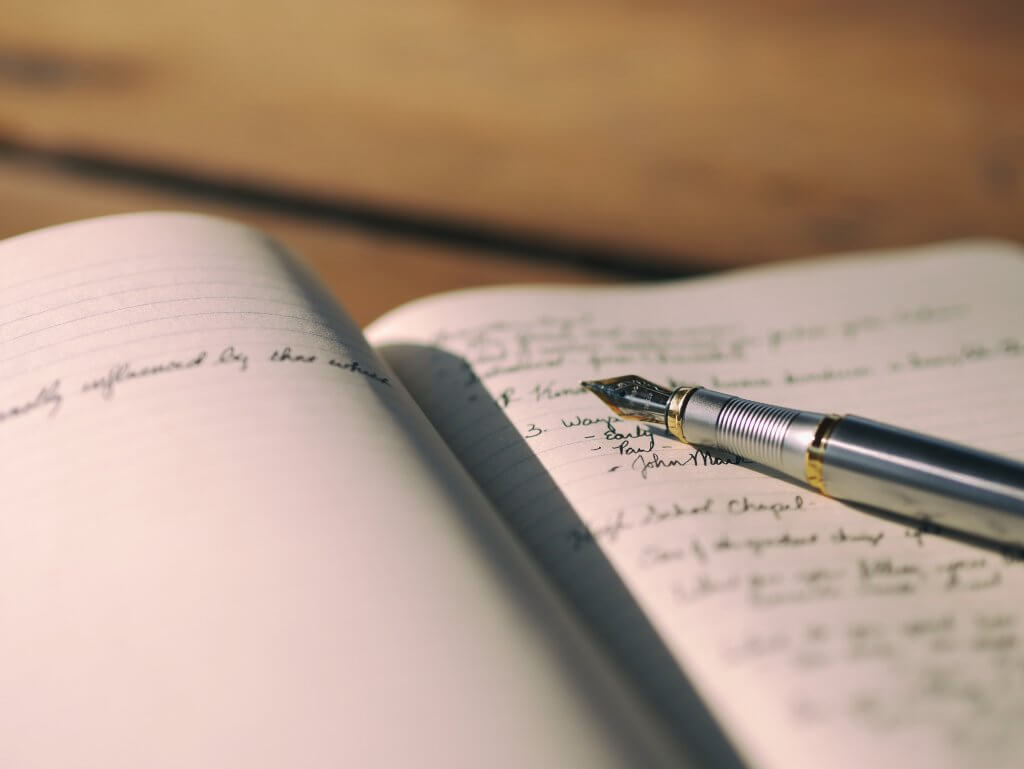

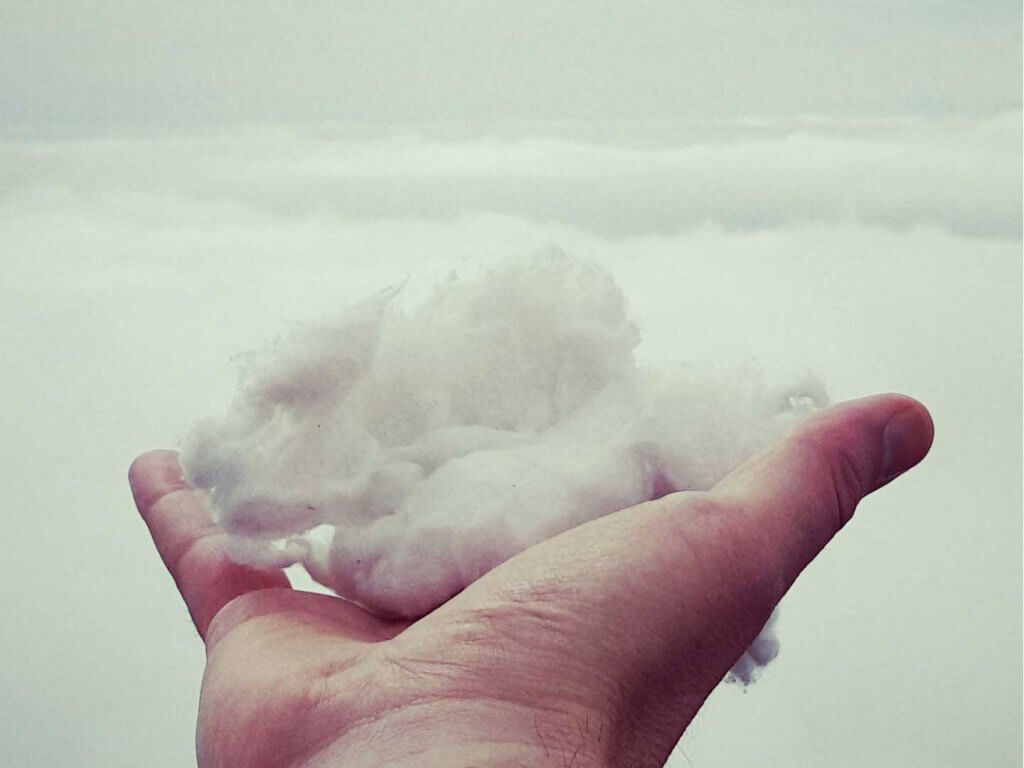
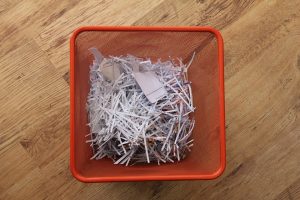
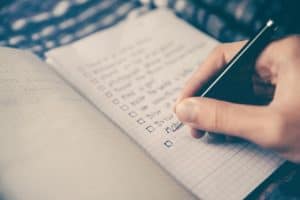

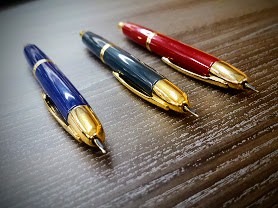
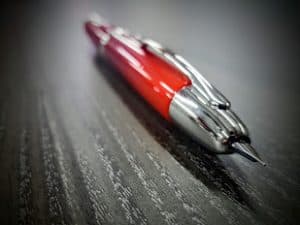

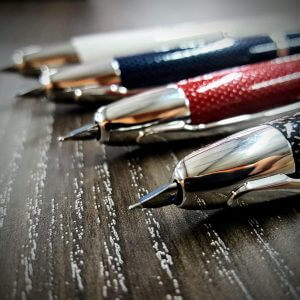
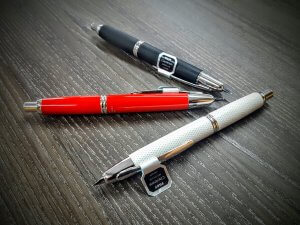

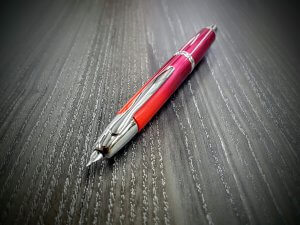
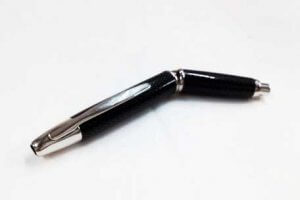





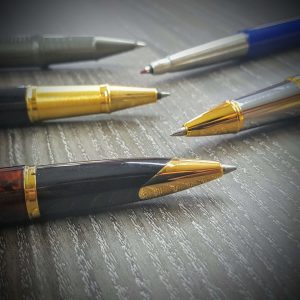
I’ve gone back to using a paper diary years ago. I was fed up with losing everything because my phone broke. My wife usually gives me a personalised diary for Christmas with all her favourite pictures from last year. I’m already excited what’s in my photo diary 2018, there’s usually some photos in there I haven’t seen before (no, nothing naughty if you were thinking that).